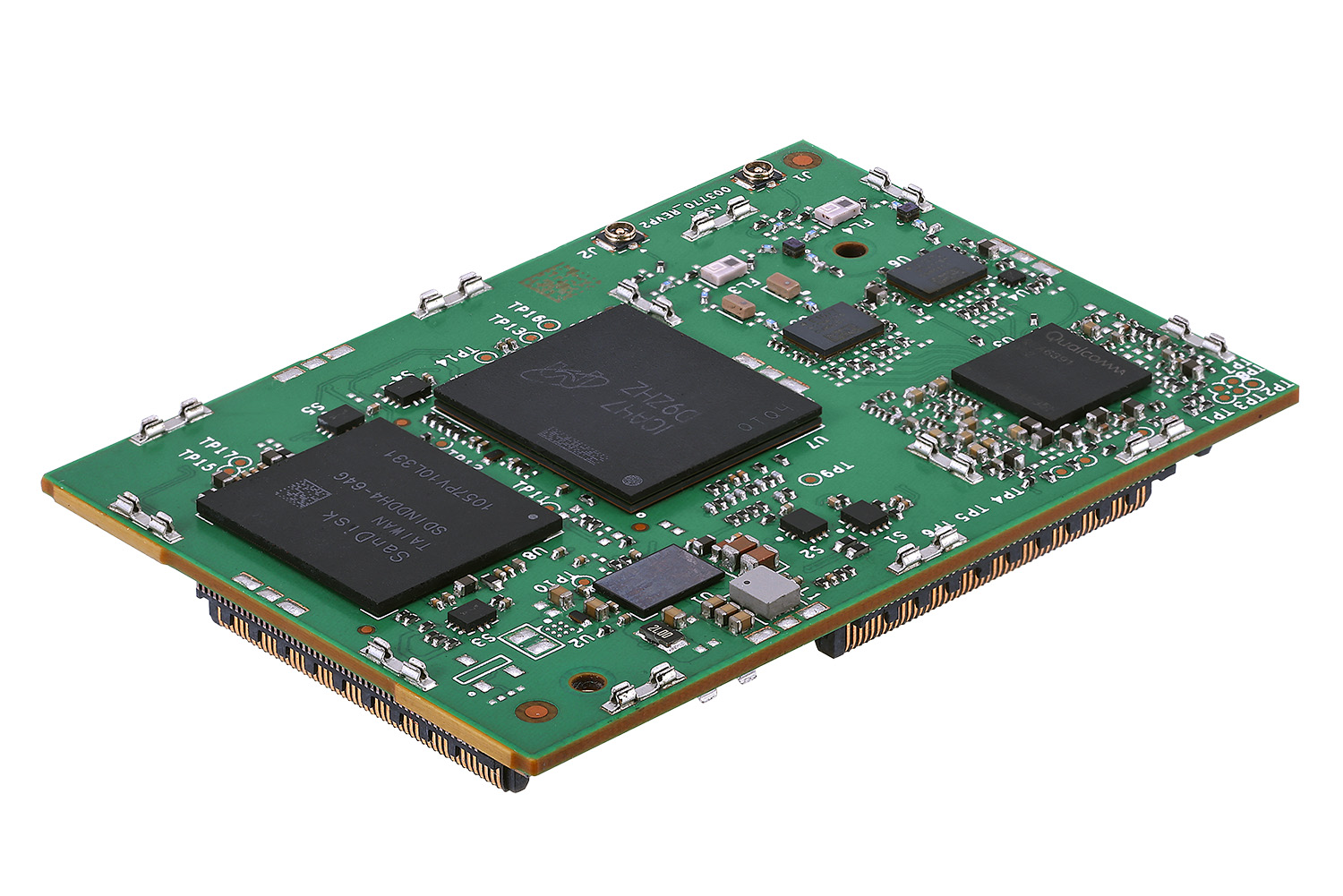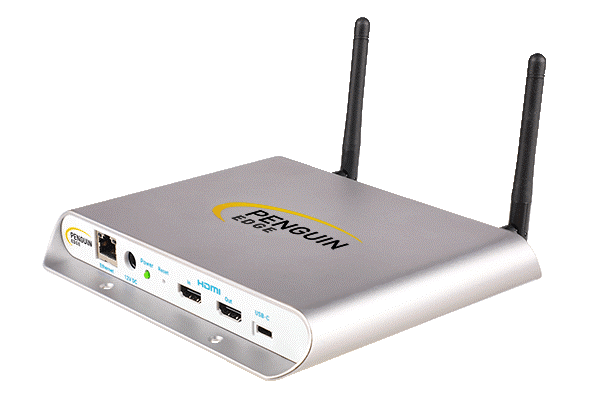
What’s the Difference Between IoT, Machine Learning and Artificial Intelligence?
There are many ways in which IoT, machine learning and artificial intelligence are either connected or overlap. An Internet of Things (IoT) might contain devices that utilize machine learning and artificial intelligence.
Artificial intelligence is frequently described as a machine application that mimics smart characteristics. Machine learning is a subset of AI that enables a machine to learn from the data to which it has access.

Basic AI can serve a very narrow purpose and excel in a specific application, but at its simplest form AI is still entirely reliant on its programmers for rule-based guidance. A rule-based AI knows that “If X happens, I should do Y.” If something other than “X” occurs the AI will be at a loss and won’t have the ability to adapt or learn from the situation.
Machine learning AIs are applications that are supposed to learn in a way similar to humans. It takes in data, extrapolates understanding and makes future decisions and takes future actions based on what it learns.
IoT devices operate in an interconnected cloud of sensors that are in many cases powered by AI in rule-based systems. Your smart thermostat can learn your schedule based on your smartphone location and its activity sensors. It can then adjust its scheduling based on those factors. If you have security cameras or a camera doorbell, they will begin recording when they detect motion. These IoT devices function based on specific triggers.
IoT certainly isn’t only present in your home. Their biggest impact can likely be found in various industries, where they are frequently referred to as IIoT (Industrial Internet of Things). Companies are developing agricultural IIoT sensors that monitor soil conditions and moisture levels (temperature, humidity, solar radiation, etc.). Airlines are using IIoT sensors to track fleet-wide fuel efficiency and better understand the maintenance needs of their aircrafts. Manufacturers are using IIoT sensors to track machinery performance and automatically schedule maintenance before breakdowns happen, reducing repair costs and improving uptime.
The complexities of IoT and IIoT devices and sensors can vary dramatically, from low-cost security or pet cameras for your home to highly advanced industrial sensors for monitoring complex machinery and structural integrity.
Even relatively basic devices might have some form of AI, but more advanced systems that could encounter the unexpected and need to make the right call might benefit from some level of machine learning.
IIoT networks that can learn from failures and identify and report on relevant warning signs in the future hold a lot more potential than programmed rule-based system that only look for specific parameters set by a human.
This is especially true when IIoT stretches across fleets of vehicles and aircraft or hundreds of thousands of acres of crops. The amount of information that can be gleaned from all that data might be better analyzed and categorized by machine learning AI on the edge where the information is gathered rather than having all that information gathered and sent (with significant bandwidth requirements) to humans for slower analysis.
What’s Simple to Us Is Difficult for a Machine to Learn
Think of a relatively simple task like distributing physical mail in an office building. Most jobs, even basic ones, can be broken down into several smaller actions, each of which need to go off perfectly for the entirety of the task to be completed successfully.
A robot tasked with mail distribution would need to navigate to the mail room, pick up the mail, navigate through the door, maybe ride an elevator, navigate down aisles between cubicles, coordinate itself into a cubicle, set mail on a desk without knocking things over or breaking what’s in a parcel, back out of the cubicle, identify the next cubicle based on the label, etc. It would also benefit from being able to navigate around unexpected obstacles that might block its path.
Within machine learning there are several different disciplines. Reinforcement learning or deep reinforcement learning allows machines to learn through trial and error. They make decisions with inadequate input and learn based on the results.
There are even newer AI machine learning strategies, like multi-expert learning architecture (MELA) that uses simulations to teach separate neural networks specific tasks.
A recent research article in Science Robotics, Multi-Expert Learning of Adaptive Legged Locomotion1, details how a group of researchers used MELA to develop a quadruped robot that was better adapted to deal with hazards thanks to a host of specialized expert systems that were all trained through machine learning to do tasks like trot, turn left, turn right, recover after a fall, roll over, etc. A central gating network was trained alongside the expert networks to combine these system tasks into a functioning whole.
Machine learning – a facet of AI – is still in its early days. There are applications in which IoT or IIoT sensors act as eyes, ears and sensory inputs for these systems.
Leveraging Embedded Computing Expertise for Your Business
Penguin Edge leverages decades of expertise in edge computing and embedded computing to develop powerful solutions in a diverse array of industries, from military and aviation to retail and cell phone networks. Learn more about our system-on-modules (SoMs), single board computers (SBCs), and application-ready platforms.
If your business is seeking a partner for powerful edge computing or embedded computing solutions, our teams can assist.
1https://www.science.org/doi/10.1126/scirobotics.abb2174


